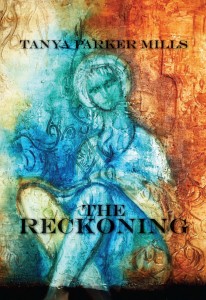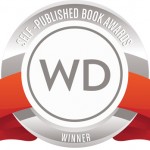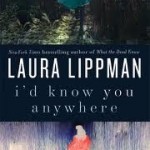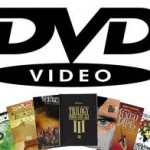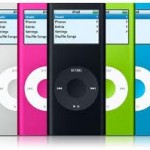Present word count of WIP: 30,230
Continuing in my rundown of Seth Godin’s Advice for Authors:
8. Your cover matters. Way more than you think. If it didn’t, you wouldn’t need a book… you could just email people the text.
So very true. According to an article by Helen Rumbelow, published in the London Times seven years ago and entitled “You Can Tell a Book By Its Cover”…
“Studies show that a book on a three-for-two table has about one and a half seconds to catch a reader’s eye. If it is picked up, it is on average glanced at for only three to four seconds.”
That’s how long we have to grab a reader (1.5 seconds)… hopefully enough to pick our book up and, perhaps (if they find the back copy or the first paragraph intriguing enough), decide in 3-4 seconds to give it a shot and buy it.
I found a good blog posting about cover art here.
My own experience turned out well, I believe, mainly due to great luck. I self-published The Reckoning and, having seen so many bad self-published covers, I was determined to produce a book that wouldn’t immediately give away the fact that I’d gone with a vanity press.
First, I researched on the Internet to see what usually went into a strong, eye-catching cover. A couple of things popped out. Never feature more than 2-3 colors. Make sure the font fits the type of story you have.
Okay, my story was mainly suspense (an American journalist imprisoned in Iraq on the eve of the war, looking for any way out), with a touch of mystery and romance. I knew I wanted a strong font. As for art, I decided to go digging online for something authentic. When my family lived in Baghdad back in the 60’s, my father really got into the Modern Iraqi art scene. So, I looked up Iraqi artists and came across a terrific painter, Vian Sora. One of her pieces, in particular–“Nostalgia”–made me think of my main character sitting in her cell. The main colors–blue and orange–seemed to symbolize the two sides of her situation. The blue indicating her sad desperation and the orange the warmth of her growing attachment to one of her captors.
I decided to take a chance and I emailed the artist, introduced myself and my book, and asked for her permission to use the painting for my cover art. Fortunately, one of my dad’s good Iraqi artist friends happened to be her mentor, and she agreed. (If you’d like to check out more of her art, click here.)
I’m not sure I’ll be so lucky next time. Of course, next time I’m hoping to be published traditionally, in which case much of the decision making will be out of my hands. I can only hope the publisher shares my taste.
Originally posted 2012-02-10 22:03:11.

